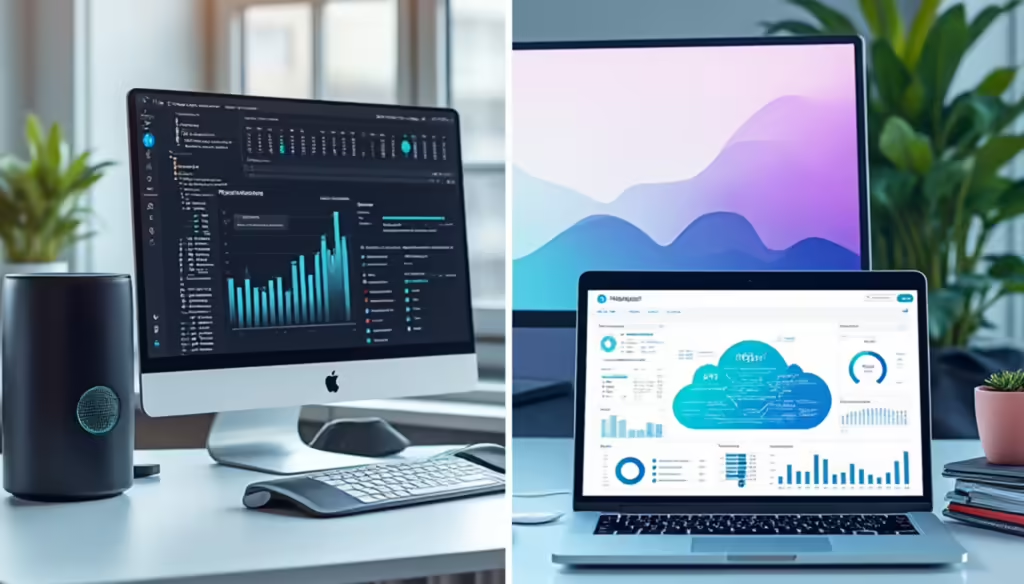With Laurier Mandin and Trevor Prentice
If you’ve been involved in creating and marketing a new product, you know all too well the danger of having your ideas stolen or copied. In fact, it probably keeps you up at night—just as it did for innovators like Steve Jobs. Patenting the features that make your product unique is a common approach, but is having a patent worth the hefty initial and ongoing costs? Registering one or more patents is an expensive legal process, and the maintenance bills can be burdensome for any startup struggling with cash flow. Yet those standard expenses can be dwarfed by the costs of litigation. To top it off, the majority of patent infringement suits ultimately get thrown out of court!
So is getting a patent really worth it?
In Episode 23 of Product: Knowledge, Intellectual Property strategist Trevor Prentice joins host Laurier Mandin to discuss the costs and some less-known benefits of having a patent—and advice to develop your product patent strategy. Even if you own multiple patents already, what you come away with from Trevor’s answers will likely be surprising.





